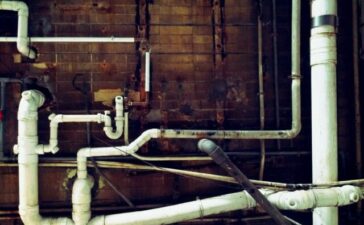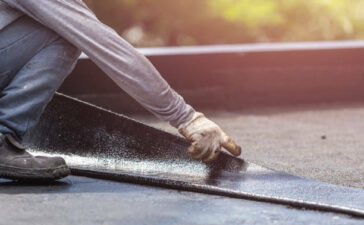Period properties are full of architectural marvels, and revealing original features within the property may completely transform the appearance and appeal of the location. If you want to bring back period features in an older home, proceed with caution and seek expert guidance if necessary.
Simply Plastics is a local business that can help you with any materials you may need. You may get a foam board to do your cladding project there. The use of period features may add a lot of flair to your bathroom, but they are often delicate and you don’t want to risk causing long-term damage. With this in mind, here are some important hints to help you get through the process.
Do your research
Before you get started on your restoration job, spend some time getting to know the property and choosing the best approach. Victorian homes have their own characteristics depending on when they were built. Early Victorian buildings are typically less complex, while mid-late Victorians have more ornamental features such as cast iron lacework. Discovering about a variety of Victorian homes might be fascinating, and it will have a significant impact on the final result of your restoration project.
Seek expert assistance.
Even if you want to do the majority of the DIY work yourself, it’s still advisable to seek advice from a professional expert because any damage could render a portion of the architectural features unreadable. This is essential to make sure you are aware of any applicable building rules that may apply to the property if it’s on the market. Because any work that alters a listed building’s character will require listed building consent, it is critical to contact the local conservation office before beginning.
Take things one step at a time.
After you’ve completed your study and planning, the fun part begins-restoring these beautiful elements to their original worth. Take it easy and don’t try to accomplish everything at once. Many of the period features are fragile, so you don’t want to damage any of the historic character. Here are a few things to check when you’re ready to begin making changes:
Windows
Sash windows are beautiful and provide a lot of light, but they may be difficult to open in inclement weather and create a rattling sound. If your sash windows are still in good working order, You may maintain their classic characteristics while upgrading and draught-proofing them. This will let you get the most out of the original feature without sitting in a freezing living room during the winter and paying skyrocketing energy bills.
Floors
A variety of flooring materials may be found in a typical period home, including tile and wood or stripped wooden floorboards. When it comes to recreating original flooring, the first thing you should look for is any spoiled areas. If you want to cover any larger surface area in the house, check with your local home centre or restoration business for possible salvaged flooring.
Fireplace
Period fireplaces in a historical house may serve as an attractive (not to mention extremely warm) focal point for a space. If you want to use the fireplace more than just as a decorative feature, it’s critical that you have the chimney swept and examined before using it for safety reasons. If you’re restoring a cast iron fireplace, the first step will be to remove any old paint. After that, it’s likely that you’ll have to sand and repaint it, polish or tile it.






